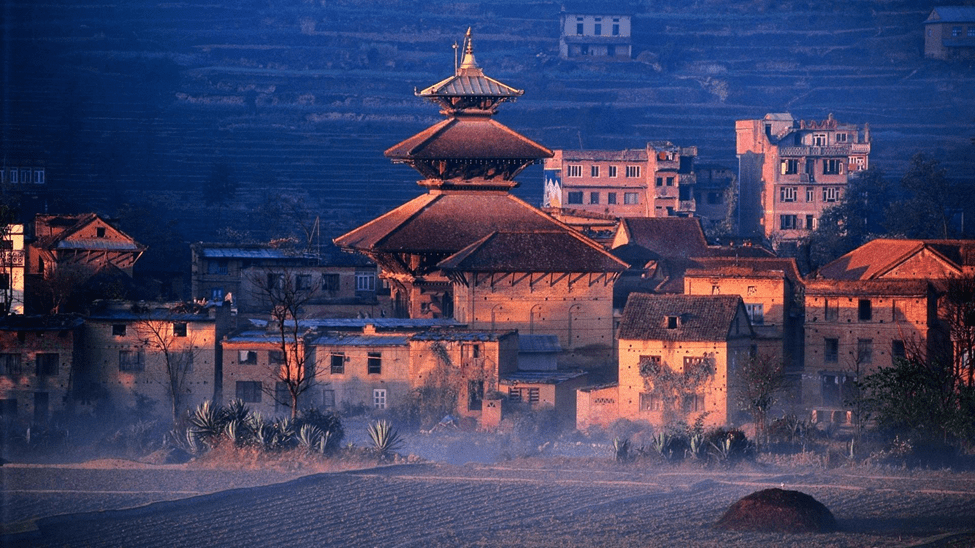
NEPAL
Nepal, a country with its own authenticity, culture and its history. The nation has its own gratified posture as it has never been occupied before by any other foreign occupation. It is also one of the oldest Country in South Asia, which solely gets a tag of "The Ceiling of the World", for being home to eight of the ten world's highest mountains, which includes, Mount Everest, Kanchenjunga, Makalu, Cho Oyo, Lhotse etc. A Major portion of Himalayas resides in Nepal.
If you think Nepal is a tiny country famous for mountaineering, you couldn't be more wrong. The capital city, Kathmandu itself, has seven UNESCO World Heritage Cultural Sites within a radius of 15 km. It has been nicknamed as the living cultural museum of the world. Moreover, Nepal has four recognized World Heritage Sites by UNESCO, making it the country with the densest concentration of heritage sites.

Well, if you have a curiosity regarding this mysterious valley and want to know about its interesting facts, then let us answer this for you.
Nepal's capital city, Kathmandu, is a fascinating city with a rich history and culture. The city was founded in the 2nd century CE. The city was originally called 'Kantipur', meaning "City of Glory", and later it was renamed. Kathmandu is located at an elevation of 1,400 m (4,600 ft). Kathmandu is also a great place to shop for traditional Nepali items, such as handmade carpets, jewelries, and clothing. It is a bustling metropolis full of history and culture. The city is home to numerous temples, shrines, and many other important historical and cultural sites.
It is also known as city of temples including "Buddha Stupa", "Pashupatinath Temple", "Shree Muktinath Temple", "Swayambhunath Temple", "Budhanilkantha temple" etc.
Every Temple holds its own fascinating and spiritual stories. Let's start by getting to know "Buddha Stupa", also known as "Boudhanath Stupa".

Boudhanath is a Buddhist religious site, or a stupa, located in Kathmandu, Nepal. It is actually the largest and one of the most sacred Tibetan Buddhist sites outside of the Tibet. It is also one of the biggest stupa, in the world. The stupa contains a diameter of 100 meters and is extended 36 meters more and dominates in the sky. The Stupa comprises alternated squares and circles as well, which is known as a Three-Dimensional Mandala. All the Stupa contain some symbolic significance, namely the Base, Square Harmika, Dome, Spire and Pinnacle. The Boudhanath stupa is structured in nine levels which indicate mythical facts. On the bottom of the stupa, it is whole encircled by 16-sided walls that are irregular in shape and space. This stupa is entirely associated with Bodhisattva Avalokiteshvara, which is available in 108 types of forms and is fully depicted in the stupa's base.

